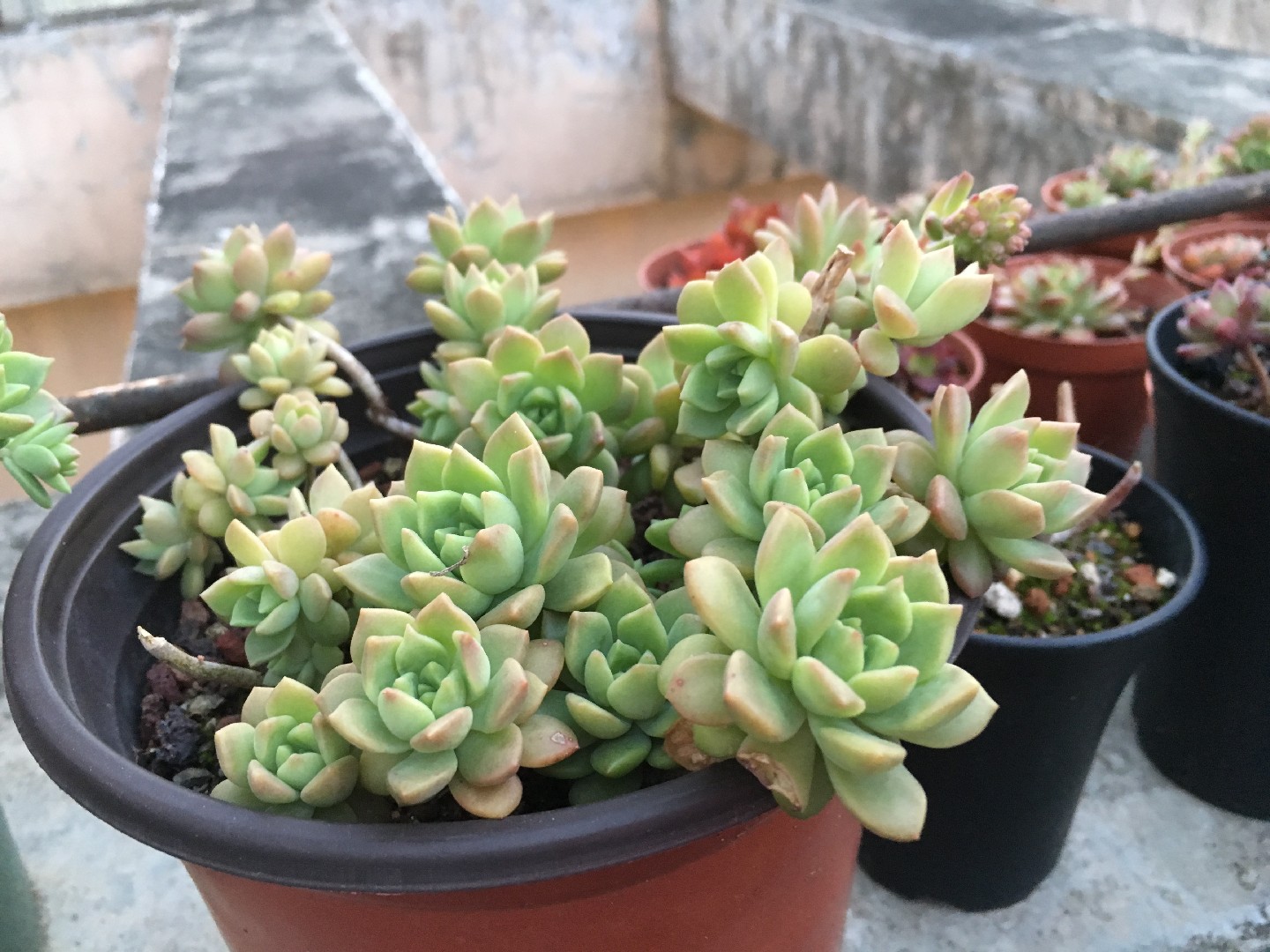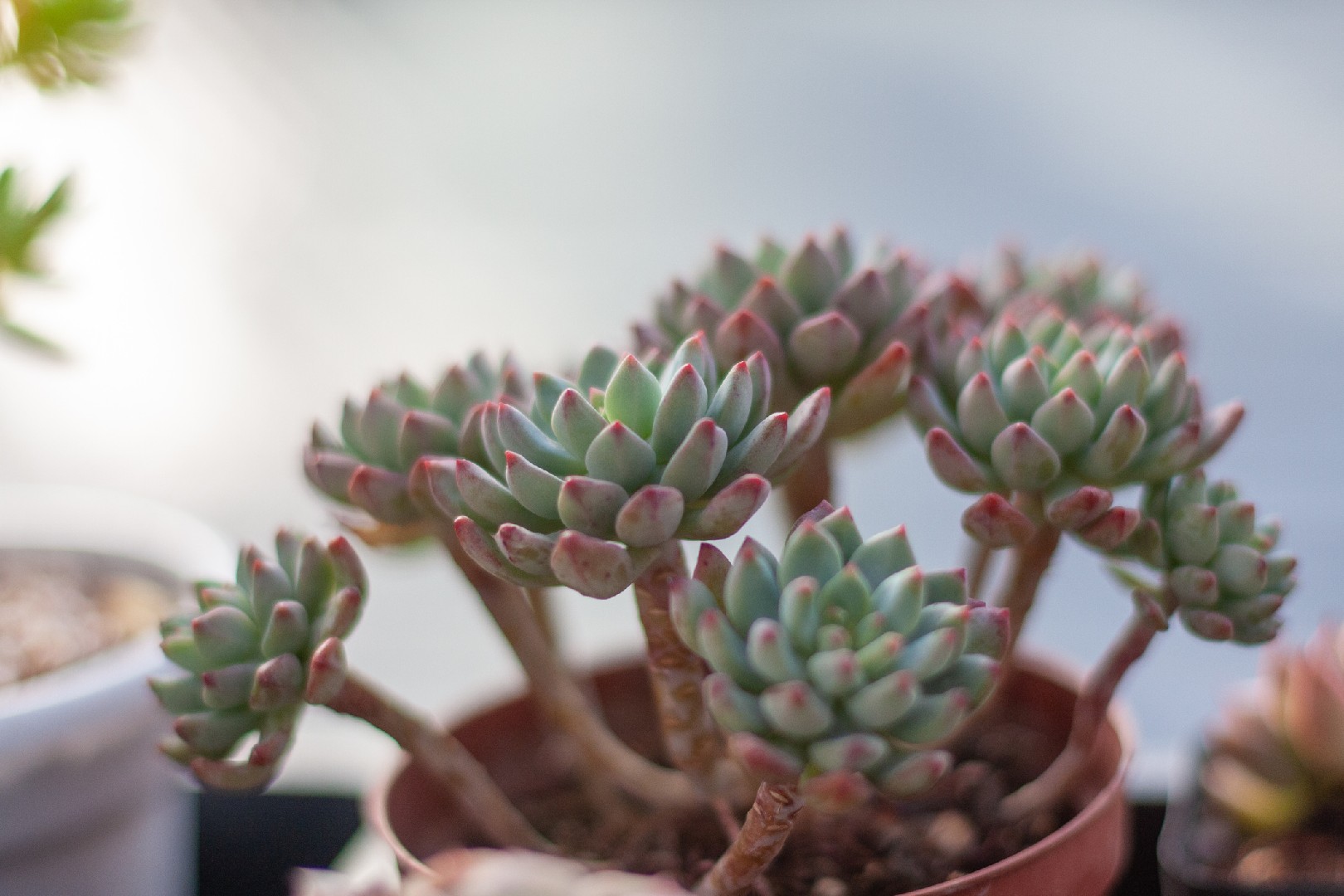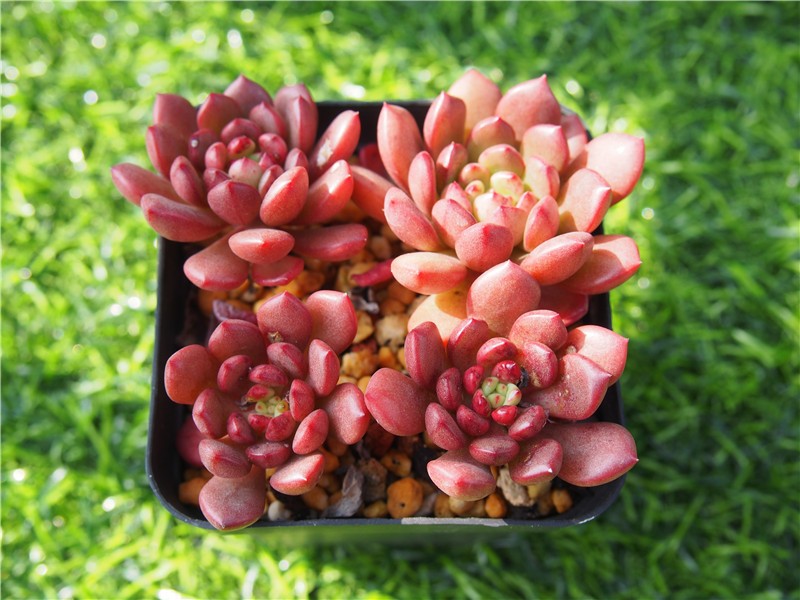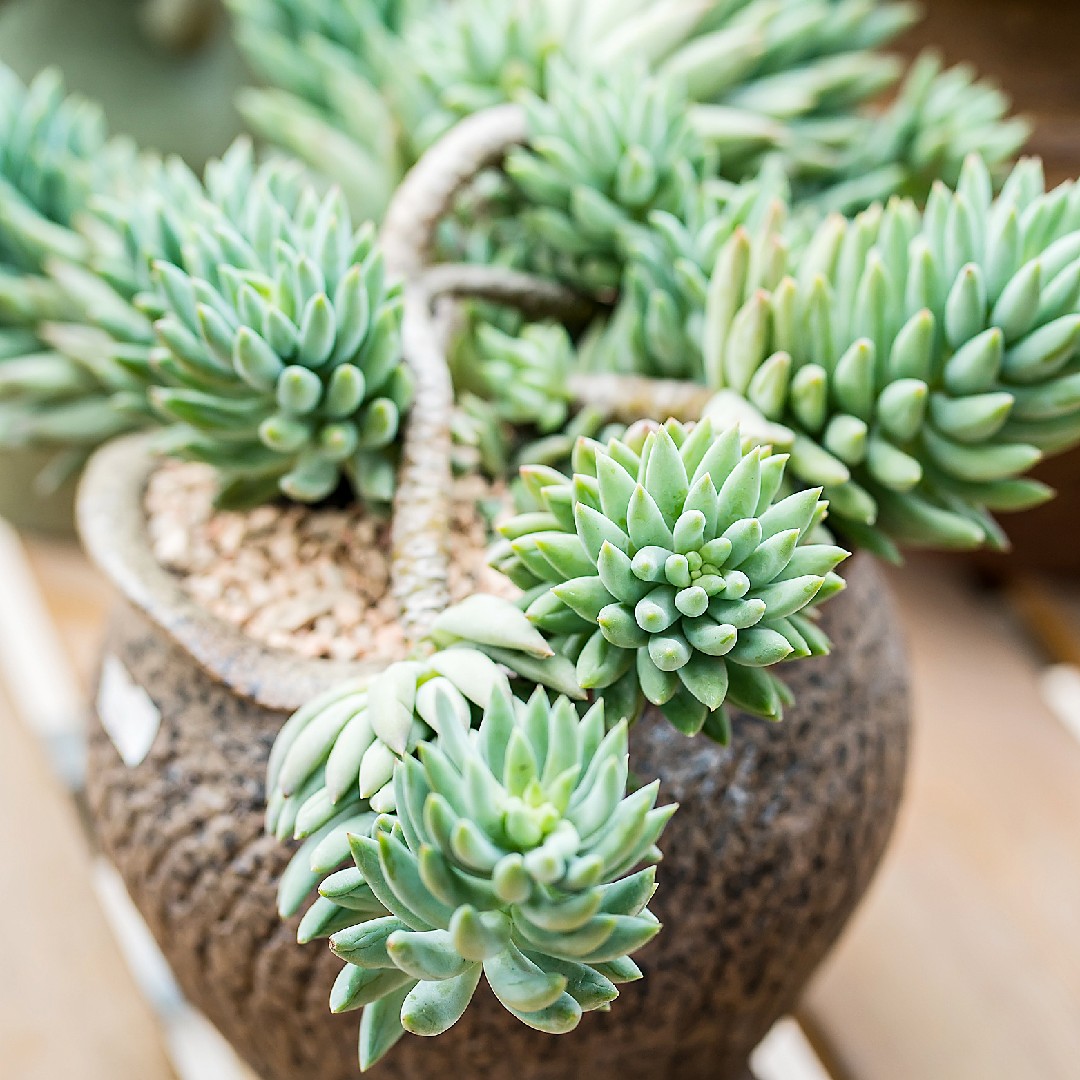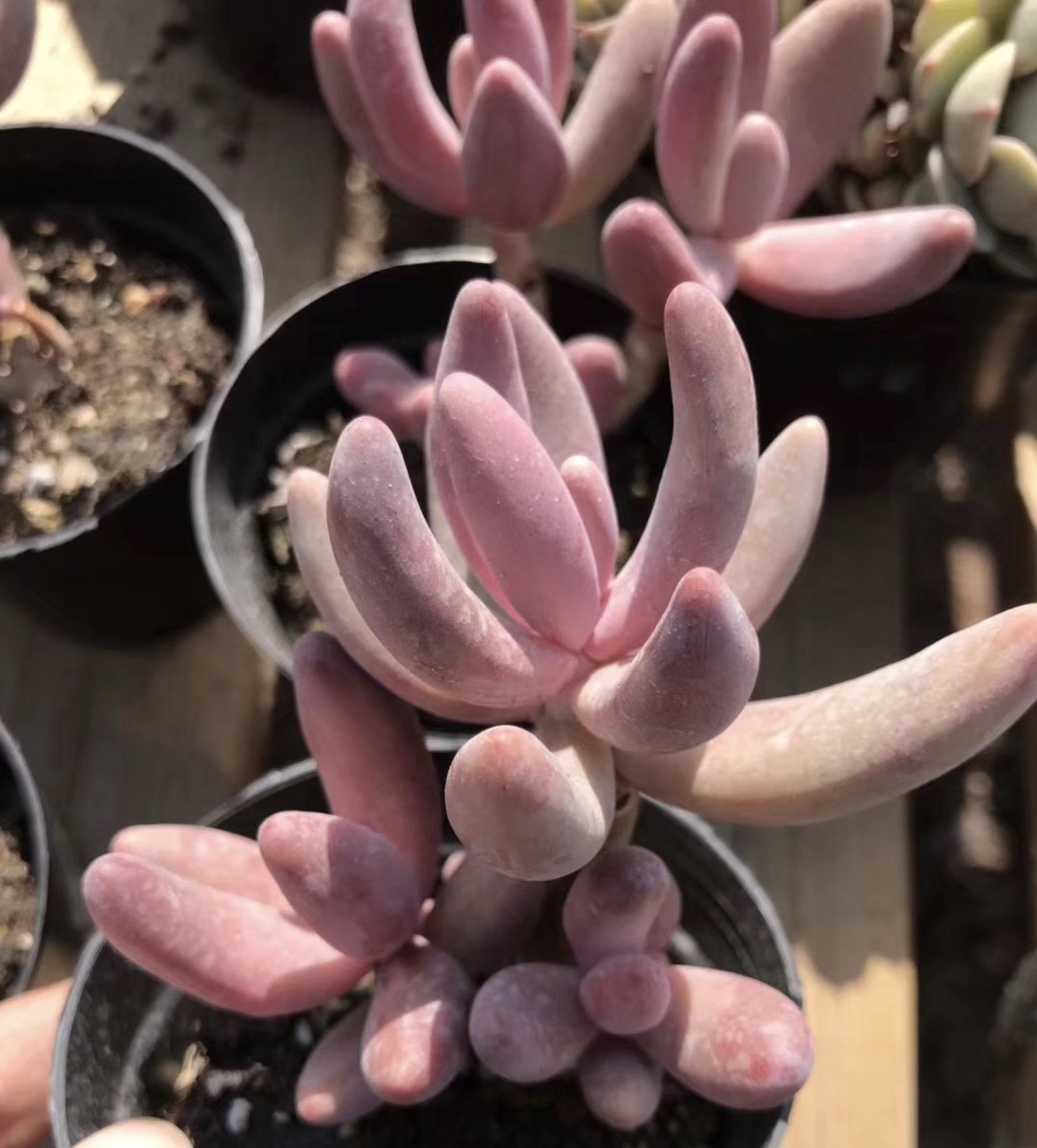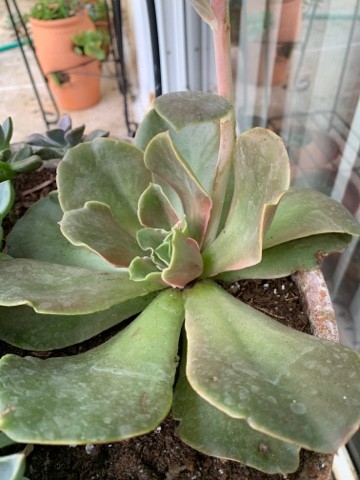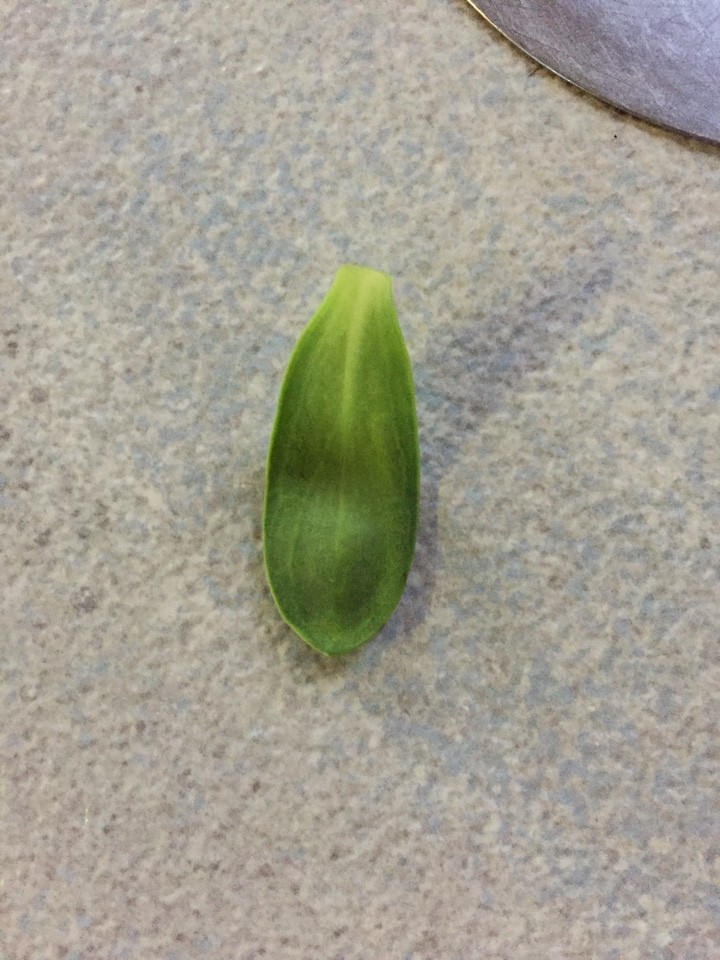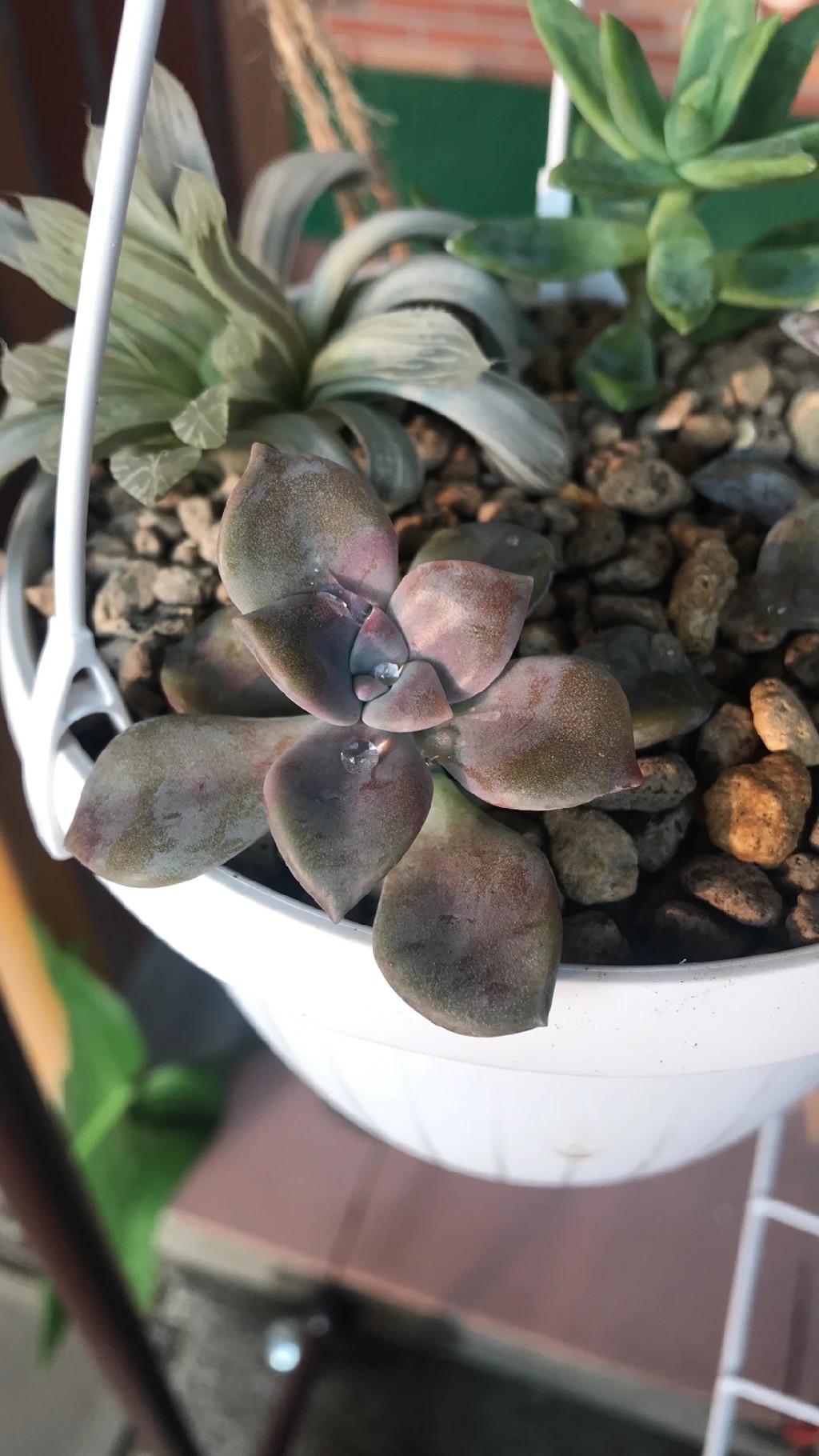×Sedeveria prefers well-draining soil, ideally of a rocky or sandy consistency. They should be kept in good sunlight with partial shade to prevent scorching. Watering needs vary, but in general, allow the soil to dry completely before re-watering. To plant ×Sedeveria, prepare the ground by loosening the soil and adding coarse sand or fine gravel for drainage. Position the plant at the surface level and water initially, then sparingly moving forward. Remember that specific species may have different needs, so knowledge of individual characteristics is beneficial.



